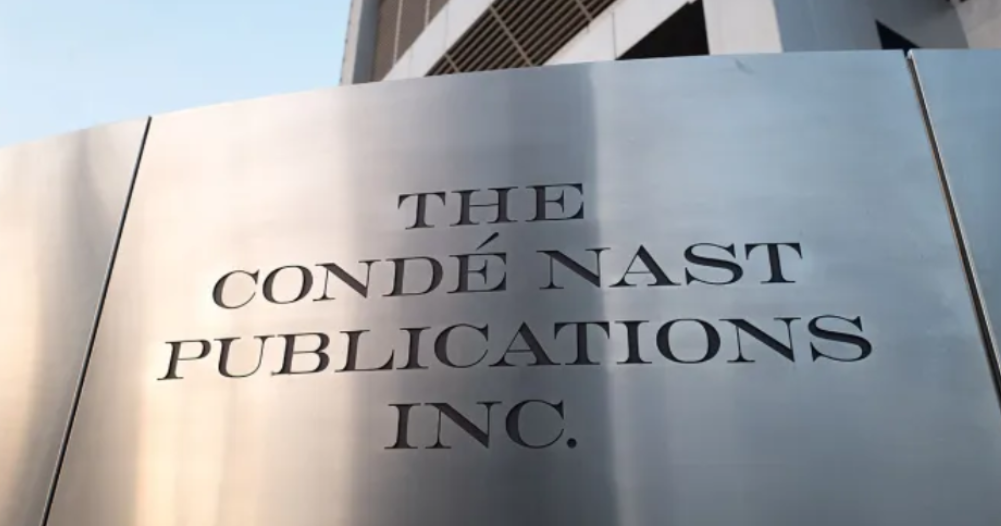On January 23, more than 400 union workers who work for the media company Condé Nast staged a walkout against bargaining practices that numerous worker unions have deemed unlawful.
Condé Nast, a global mass media company that was founded in 1909, includes some of the biggest major magazine publications such as Vogue, Vanity Fair, GQ, and Allure
The strike lasted for more than 24 hours along with a staged protest outside the headquarters of Condé Nast.
These series of strikes and walkouts come after numerous labor negotiations following Condé Nast CEO Roger Lynch announced that the company would cut five percent of its workforce in the near future.
The strike’s timing coincides with the announcement of the 96th Academy Awards leading to the union to stage a picket line in front of the Condé Nast World Trade Office in New York.
While the strike has gained very few media and press coverage, numerous celebrities have shown their support for the union following the strike. Golden Globe and Oscar winner Actress Anne Hathaway walked out of a Vanity Fair photoshoot when told of the strikes occurring against Condé Nast.
According to the union, Condé Nast previously had proposed cutting 20 percent of its staff and providing laid off workers a severance package; however, after a series of counter offers by the union, Condé Nast allegedly still proposed the 20 percent plan but without any severance.
This plan by Condé Nast will cut more than 300 employees, 94 of them being in the union.
Ben Dewey,who is a videographer across multiple Condé Nast brands and is actively bringing awareness of the ongoing conflict, told the Washington Post, “Ninety-four union members is almost 20 percent of our union. The company is legally obligated to bargain over these layoffs.”
As of February, the negotiations are still being dragged out with the union, aiming to receive better and agreeable negotiations.
Condé Nast was once a media company powerhouse and its top employees, such as top editors Anna Wintour, received drivers, clothing budgets, and home loans from the company.
But, as like most media publications at the turn of the century, magazines such as Vogue have lost significant subscribers due to the rise of social media. Since the 2000s, this declining trend in subscribers along with economic setbacks led Condé Nast finances to dwindle.
These sudden layoffs that the union are fighting against, reflect the decline in the relevance of magazines in the digital age. The future of magazines seems to be one that is in constant battle for relevance against the accessibility of social media.
For much of the twentieth century, magazines such as Vogue and Vanity Fair once had distinct insights into the world of fashion and celebrity culture that pioneered everyday trends.
However, what these magazines have failed to do is to be able to connect to a new generation leading to its slow decrease in relevance. Even though Vogue and other magazine publications belonging to Condé Nast have attempted to connect to a younger audience, they haven’t been able to become beacons of today’s culture that is ever more evolving due to social media.

